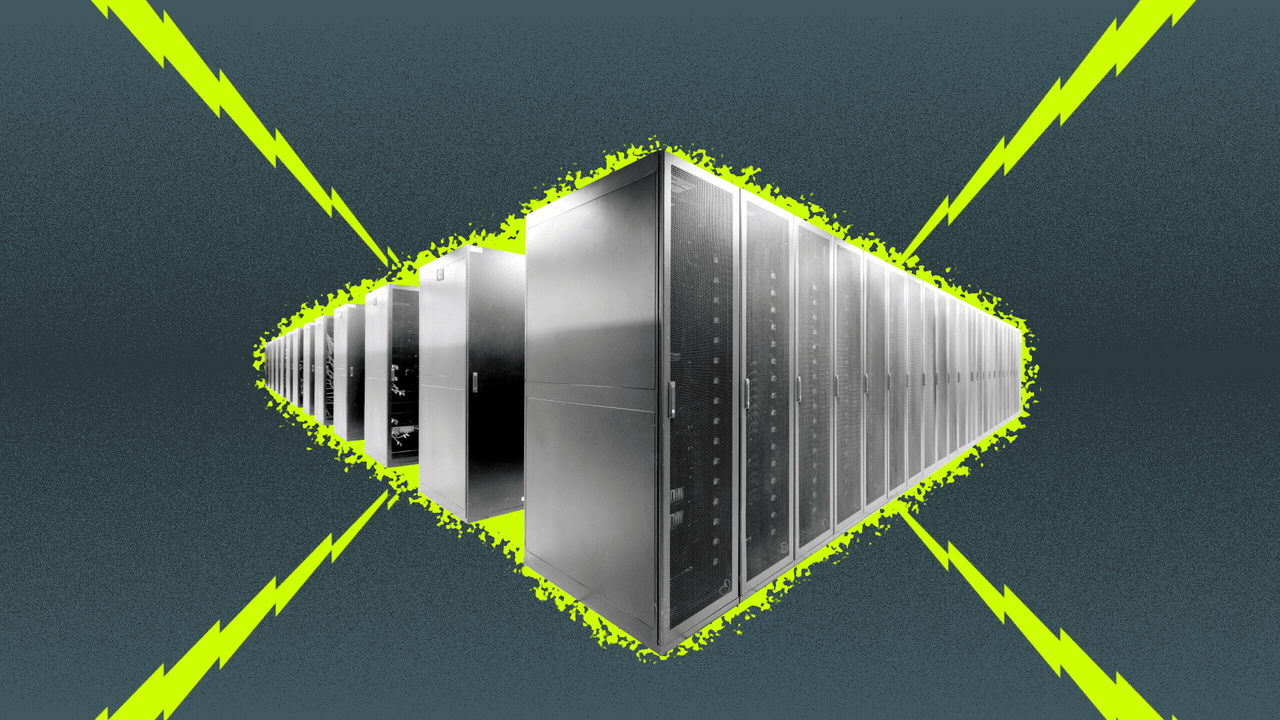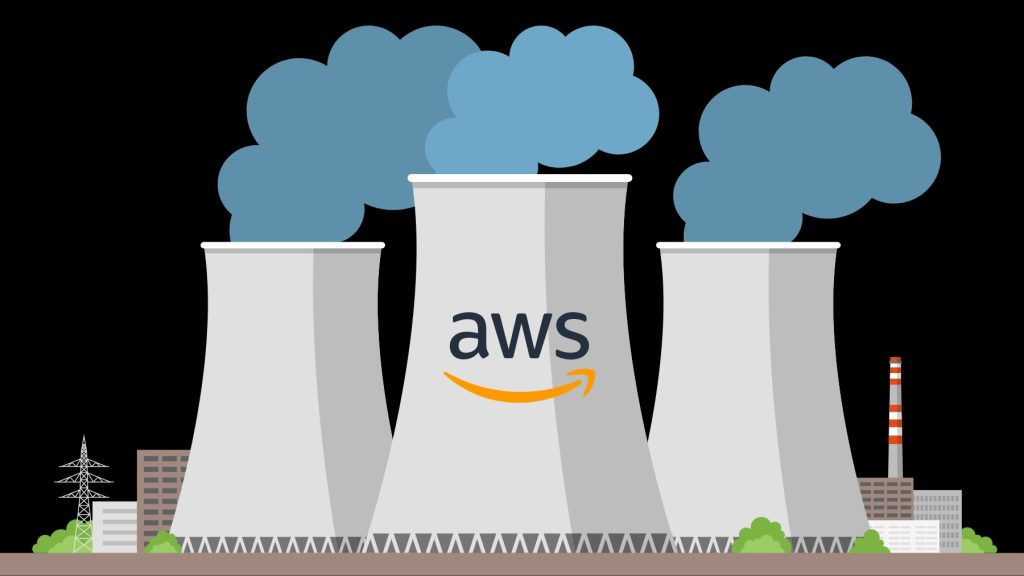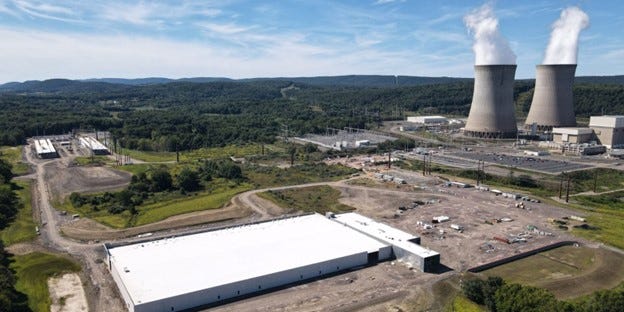AI: Nuclear Power accelerated for AI data centers . RTZ #512
...plants both old and new, SMRs, plus US Navy Nuclear expertise, have roles to play in powering AI Scaling
(Update November 4, 2024: Regulators are potentially ruling against some of the Nuclear AI Data Center deals. In particular Amazon with its deal with Talen Energy. Regulatory issues of course remain a constant headwind for the power imperatives of the AI industry)
As I’ve discussed before, the leading LLM AI ‘Hyperscalers’ are accelerating their Power plans to include Nuclear plants for their next gen AI data centers in this AI Tech Wave. These are part of the new AI Table Stakes, where Power is a fast accelerating input.
I’ve recently outlined how Amazon, Microsoft, Google are rushing to sign up nuclear power plants with utility companies and nuclear startups in the US this year. They and others are focused on everything from existing nuclear power plants, to new ‘modular’ reactors being developed by new companies
The Washington Post explains in “Amazon doubles down on nuclear energy with deal for small reactors”:
“The cloud computing and retail giant signed a deal to buy electricity generated by small modular nuclear reactors.
“Put Amazon on the list of big technology firms embracing new nuclear technologies to fuel their data centers.”
“Amazon said Wednesday it’s investing in projects to develop small modular nuclear reactors, or SMRs. The announcement comes days after Google unveiled a similar plan, as both companies seek to meet growing energy demands from artificial intelligence and data centers while honoring pledges to reduce carbon emissions.”
“Amazon is leading a $500 million funding round for X-Energy Reactor, a company that develops small modular nuclear reactors and fuel. It’s also working with utilities in Washington state and Virginia on potential SMR projects. Google said Monday it will purchase energy from small modular nuclear reactors developed by Kairos Power.”
“The first Kairos Power SMR is intended to come online by 2030. Amazon and X-Energy want to bring more than 5 gigawatts of power projects online by 2039.”
“Amazon expects four of these reactors will initially generate 320 megawatts of capacity for Energy Northwest but the project could increase to 960 megawatts, enough to power some 770,000 homes. In Virginia, a small modular reactor near an existing Dominion Energy nuclear power station could generate at least 300 megawatts, Amazon’s release said.”
These investments are going to be needed up and down the AI Tech Stack.
Power is the fundamental input in Box 1 above.
Of particular relevance is the focus on ‘Small Modular Reactors’ by Amazon, Google and others. This is a complex area, with most existing and emerging approaches to build efficient SMRs for both traditional utility power use, AND the rising crop of ‘Big Compute’ AI data centers.
As the Post continues to explain:
“The announcements come as tech companies scour the nation for electricity to power their increasingly power-hungry data centers. Already, Amazon and Microsoft have struck deals to buy large amounts of power from legacy nuclear plants. (Amazon founder Jeff Bezos owns The Washington Post.)”
“But small modular reactors have proved more elusive. The U.S. government and private firms have been trying to advance the technology for years, but it has been slow going.”
“The industry was dealt a setback recently when NuScale’s plans to bring a small modular reactor online in Idaho collapsed. The projected price of the electricity kept spiraling upward and ultimately became too expensive for the small municipal utilities in Utah that had signed up to buy it.”
“Tech industry power needs, however, are giving SMRs new momentum. AI developers see the plants as a potential major source of power that can scale quickly and provide energy around-the-clock.”
“Data centers — and tech companies’ willingness to pay above-market prices for reliable and carbon-free energy — could be what SMRs need to establish themselves, said Jacopo Buongiorno, professor of nuclear science and engineering at the Massachusetts Institute of Technology.”
As the article goes on to explain, the road ahead for the new modular reactors is a long one. But the ‘AI Table Stakes’ going forward in this AI Tech Wave’s means no power stone should be left unturned. That includes nuclear and a range of other power sources, both in the US and beyond.
And Washington is leaning in here on a bipartisan basis to ease the regulatory hurdles for SMRs, as ‘Virginia Business’ here highlights:
“At Wednesday morning’s event, Gov. Glenn Youngkin, U.S. Sens. Tim Kaine and Mark Warner and Dominion Energy Virginia President Ed Baine were on hand, among other state and national dignitaries.”
As the Information pithily puts it, “Tech Revises Nuclear”:
“Big tech has well and truly gone nuclear. Amazon’s announcement today that it has signed three deals for the development of nuclear power reactors—including leading a $500 million funding round for a reactor developer called X-energy (not related to the X-obsessed Elon Musk)—demonstrates clearly how the tech industry is helping to revive nuclear power in the U.S. after years of decline. Yes, some of us have gotten over the trauma left by “The China Syndrome.”
“Two days ago, Google signed a power purchase agreement with a California nuclear energy startup, Kairos Power, while last month Microsoft agreed to a similar purchase agreement with energy firm Constellation. Microsoft’s deal got headlines because it will lead to Constellation restarting part of the Three Mile Island nuclear power plant in Pennsylvania, although—we add hastily—not the part that scared millions of people out of their wits in 1979 by nearly melting down.”
“The TMI reactor to be restarted was shut down just five years ago because it was losing money, a major factor in many closures of nuclear power plants in recent years, according to this Congressional Research Service report on the subject. That report, from 2021, said 12 U.S. reactors had closed since 2012 and another seven were slated to close by next year. As of last year, 93 reactors were still operating in the U.S., according to the Energy Information Administration. But the share of U.S. electricity supplied by nuclear plants declined to 18.2% in 2022 from 20.2% in 2009.”
“Tech’s desperate need for new sources of power to feed the hungry data centers that drive artificial intelligence products could turn things around. (See our deep dive on that subject from January.) Amazon is leading the way. In March, it agreed to pay Talen Energy $650 million to buy land for a new data center next to Talen’s Susquehanna, Pa., nuclear plant. At the same time, Amazon Web Services entered into a power purchase agreement with Talen. Today’s deals are in addition to that one. (Here’s our early story on the Talen drama, which is still undergoing a regulatory review.)”
No matter that these multi-billion dollar initiatives will take years to ramp up:
“None of these deals will lead to power anytime soon. Most involve funding the development of new nuclear reactors, which will take many years to come online. Even Microsoft’s agreement with Constellation for TMI won’t be quick: That reactor isn’t scheduled to come back online until 2028, after Constellation has spent money upgrading the plant and after it gets regulatory approvals to restart. But hey, if big technology companies don’t think ahead, who will?”
Another key opportunity for the US is to leverage its unique global leadership in small nuclear power plants for its Navy, particularly in submarines, aircraft carriers and other surface ships. The US has over 220 nuclear powered vessels vs other militaries. Russia for example has 60, China 20, UK and France 10 each, and India at 6 in 2024. Other navies together muster another 6, for a total of 330+.
More importantly than the vessels, is the institutional knowledge to maintain and deploy these vessels for decades.
As a side note, it’s important to note that President Jimmy Carter, who just turned 100, was a 28 year old naval nuclear officer who played a critical role in leading an effort to address a Canadian nuclear submarine meltdown incident in 1952 (Jimmy Carter center top above). It’s a story that should be a movie. It’s a must read, riveting story.
The US has a singular capability in this area going back to the 1950s, with nuclear power plants powering at least as many ships as we have regular fission nuclear power plants of various types. These were over 90 at last count.
So the US has a unique opportunity to do private/public partnerships to leverage this government capability with private AI industry needs for nuclear power for its AI data centers. And do it without ‘Additionality’ issues that would divert existing grid power for existing uses, to AI data centers.
Financial Investors are already leaning into the opportunity ahead.
This week also saw Blackstone invest over $8 billion in data centers in Spain, powered by wind power, to expand data center builds in Europe. This is another example of the large dollars being committed to unlock more power at scale for AI data centers. I recently outlined similar efforts underway in the Middle East.
The broader point is that the AI industry is singularly focused on the ‘AI Table Stakes’ addressing the key input shortages to Scale AI, from Power being discussed.here to the AI chips and infrastructure from companies like Nvidia, TSMC and many others. Despite near-term execution challenges. And the pushbacks from a wide range of constituents.
Regardless, these Power ramping efforts are accelerating. Stay tuned.
(NOTE: The discussions here are for information purposes only, and not meant as investment advice at any time. Thanks for joining us here)












